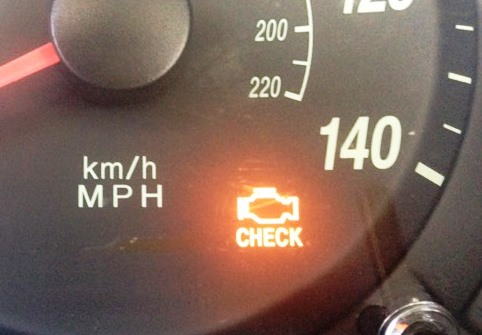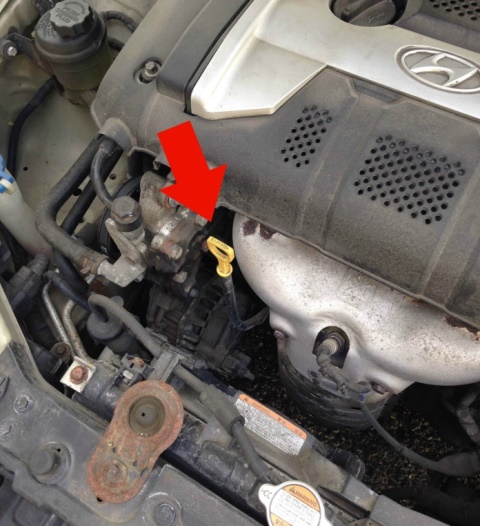Beginner’s Guide On How to Check Your Oil
Your car is one of your most important assets. There is a lot of pressure on your vehicle to transport you everywhere you need to go, no matter what. One of the most important working elements of your car is often overlooked—the engine oil. Knowing what engine oil is, what it does for your car, and how to maintain it will give you the important knowledge that will prolong the life of your car.
What is car engine oil and why is it important?
Car engine oil is a lubricant that lessens friction between parts in motion. The oil for your car creates a film that separates adjacent moving parts to minimize the heat caused by contact between them. This improves sealing and cools the engine. Some oils also clean and reduce corrosion.
What types of engine oil are there?
Engine oil is obtained from crude oil and blended chemical compounds. One of the greatest features of oil is its viscosity or resistance to flow. This is essential for proper lubrication. Since viscosity changes with temperature, engine oils are measured on an index. A higher index value means the viscosity or flow resistance changes less with temperature variations. Engine oils are graded by viscosity index ranging from 0 to 60 and these values are referred to as the oil “weight.” In all cases, the resistance to flow must be high enough to provide adequate lubrication but low enough to allow the oil to stream everywhere around the engine. The numbers 0 to 25 on the index may be followed by the letter ‘W’ indicating a winter oil. This helps designate the best oil for winter since oil will thicken when left overnight in cold temperatures. Multi-grade or all-season oil for your car (e.g. 10W-30) will start and operate in large temperature ranges from icy weather to warmer temperatures. As it is used, oil breaks down, burns and becomes contaminated with microscopic metallic particles making lubrication and heat dispersion harder. The oil and the filter need to be regularly replaced. Long intervals between oil changes allow sludge and soot to accumulate. This is why the oil and filter need to be regularly replaced.
Symptoms of low oil pressure
One red flag that indicates you should check your oil is if your car is emitting a burning smell. The level of oil in your car may drop due to a long time between oil changes which causes burn-off. It is important to replace the oil up to the recommended level. In some cars, a “Check Engine Light” could mean a sensor is failing or oil is low and the car should go to a mechanic immediately.

If indicators and warnings are ignored, the engine will start knocking. Those sounds are the rods that push the pistons through the cylinders breaking. Then you will need a new engine and it may invalidate any warranties on your vehicle. Avoid letting it get to this stage.
What do You Need to Check your Oil?
Checking your oil is simpler than you may think.
- First, wait until your car has cooled off.
- Then you can open the hood and locate the oil level dipstick— a tall flat metal rod, generally located at the front or side of the engine.

- Have a clean paper towel handy and pull out the dipstick. Engine oil collects at the bottom where the dipstick enters the crankcase. *Note – depending on the newness of your oil and how your car runs, your engine oil may range from clear, transparent yellow to a darker, opaque brown.*
- You should wait until your car has cooled off to check your oil level. When the engine is running, oil will splash up the dipstick and give a false reading.
- When you are examining the oil on your dipstick keep in mind that the oil may look clean, but if it leaves a smudge or feels gritty on your fingers or has a burning smell, you will need to have it changed immediately.
- When you are done, wipe the dipstick clean, reinsert it the same way it came out, and check the level again. If the dipstick gets stuck on the way in, turn it around. The pipe is curved and will only accept the dipstick one way.
- At the base of the dipstick, there are two marks or small holes indicating the high and low levels of engine oil. The oil level should be between these two marks. Both too high and too low are bad for the car.
Adding Engine Oil Yourself
If the oil is too low, it is easy to add it yourself and not have to pay for a mechanic to service your car. First, check your owner’s manual for filler location on the engine and other bits of help. The engine filler cap is labeled and either screws off or pulls off. Use a funnel to avoid spills.If you need a lot of oil for your car, add a quart at a time. Check the level between adds to avoid overfills.
How to Change Your Oil
Check out our advanced guide to how to change your oil here!





